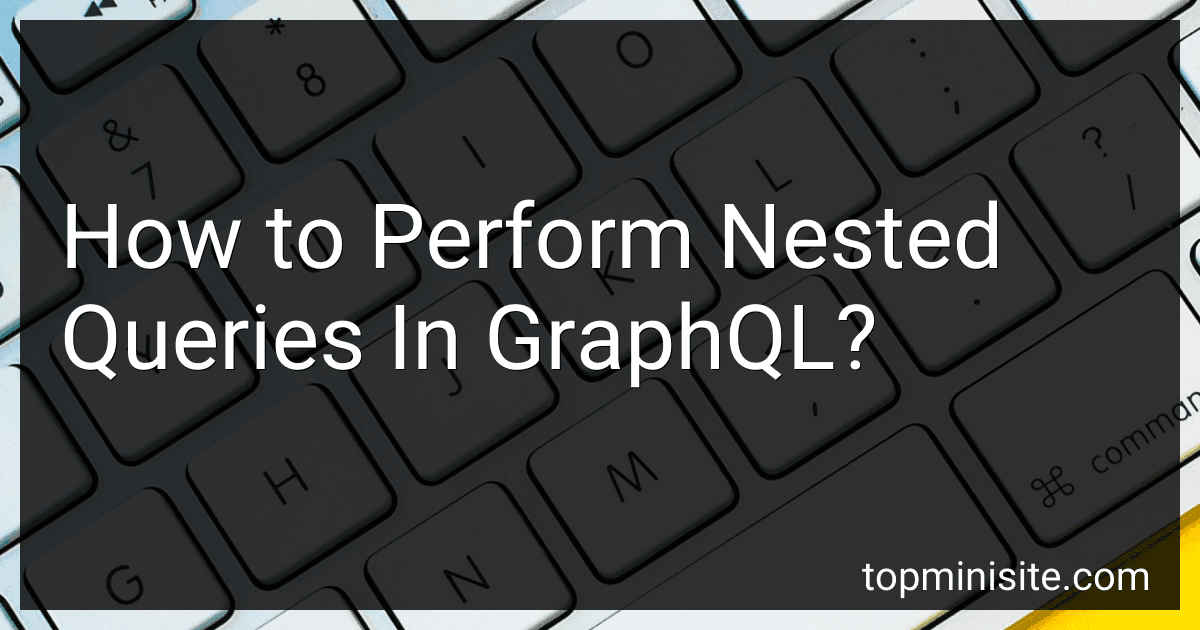Best GraphQL Books to Buy in December 2025
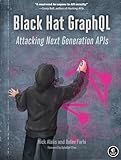
Black Hat GraphQL: Attacking Next Generation APIs


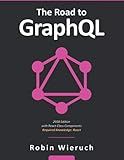
The Road to GraphQL: Your journey to master pragmatic GraphQL in JavaScript with React.js and Node.js


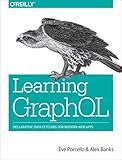
Learning GraphQL: Declarative Data Fetching for Modern Web Apps


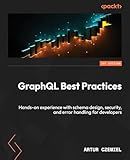
GraphQL Best Practices: Gain hands-on experience with schema design, security, and error handling



Beginning GraphQL with React, NodeJS and Apollo



Mastering GraphQL with Spring Boot: From Fundamentals to Production-Ready GraphQL Services


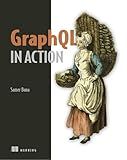
GraphQL in Action



Full Stack GraphQL Applications: With React, Node.js, and Neo4j


Nested queries in GraphQL allow you to retrieve related data in a single request. With nested queries, you can specify the fields of the related objects you want to retrieve, all within the same query.
To perform nested queries in GraphQL, you start by defining the structure of your query. Each level of nesting represents a specific object and its related fields. For example, consider a blog application with users, posts, and comments. To fetch a user's posts and the comments associated with each post, the query would have the following structure:
query { user(id: "<USER_ID>") { name posts { title body comments { text author { name } } } } }
In the above example, we start with a user object and specify the id of the user we want to fetch. Within the user object, we request the name field. Then, we have a nested posts object where we retrieve the title and body of each post. Within the posts object, there is another level of nesting for the comments. We retrieve the text of each comment along with the name of its author.
By nesting queries, you can construct a single query to fetch all the necessary data at once, avoiding the need for multiple round trips or callbacks to the server. This is especially useful when dealing with complex relationships between data entities.
Overall, nested queries in GraphQL provide a convenient way to retrieve related data efficiently, reducing the amount of data transfer and improving the performance of your application.
How to handle nested mutations in GraphQL?
In GraphQL, nested mutations allow you to update or create multiple levels of related data in a single request. To handle nested mutations, follow these general steps:
- Define your schema: Make sure you have defined your GraphQL schema with proper types for the nested mutations. Ensure that the schema defines the necessary input types and relationships between types.
- Create resolvers: Implement resolver functions for the nested mutation fields. These resolvers should handle the logic for creating or updating nested data.
- Resolve top-level mutation: Implement resolver function for the parent or top-level mutation field. This resolver should receive the input arguments, extract the nested data, and invoke the appropriate nested mutation resolvers.
- Handle nested data in the resolver: In the nested mutation resolver, process the nested data and perform the necessary database operations or any other actions required. You may need to handle scenarios such as creating new related data, updating existing data, and deleting unused data.
- Return the result: Once the nested mutation resolvers have completed their operations and returned the results, the parent resolver should collect the results and return them back to the client.
- Error handling: Ensure that you handle any potential errors that may occur during the nested mutations. If any of the nested mutations fail, you should roll back the changes made so far to maintain data consistency.
Nested mutations provide a powerful way to handle complex data manipulation in a single GraphQL request. By organizing your schema and implementing the necessary resolvers, you can efficiently handle nested mutations in your GraphQL API.
What is the purpose of using nested queries in GraphQL?
The purpose of using nested queries in GraphQL is to fetch related data in a single request. With nested queries, you can specify the fields of the related objects that you want to fetch, and GraphQL will retrieve and return them as part of the response. This allows you to efficiently retrieve and manage complex and interconnected data structures without needing to make multiple API requests. It enhances the flexibility and efficiency of data fetching in GraphQL.
What are some popular tools for testing nested queries in GraphQL?
Some popular tools for testing nested queries in GraphQL are:
- GraphQL Playground: It is an interactive GraphQL IDE that allows you to write and execute queries, including nested queries. It provides a user-friendly interface to test and explore your GraphQL APIs.
- GraphiQL: It is another popular IDE for testing and exploring GraphQL APIs. It supports nested queries, allowing you to easily test complex query structures.
- Apollo GraphQL: Apollo provides various tools for developing and testing GraphQL APIs, including Apollo Server for building GraphQL servers and Apollo Client for accessing GraphQL APIs. Apollo Client's DevTools extension allows you to test and debug nested queries.
- Postman: Although primarily known for API testing, Postman also provides support for GraphQL. You can use Postman's GraphQL schema-aware editor to write and test nested queries.
- Insomnia: Insomnia is another versatile tool for API testing and debugging. It supports GraphQL and allows you to test nested queries with its built-in GraphQL support.
- Jest: If you prefer testing your GraphQL server and its resolvers programmatically, Jest is a popular JavaScript testing framework that can be used to write unit tests for GraphQL APIs. It provides useful tools for mocking and testing nested queries.
These tools provide different features and approaches to testing nested queries in GraphQL. Depending on your preference and development environment, you can choose the one that suits your needs best.
What is the difference between nested queries and fragments in GraphQL?
Nested queries and fragments in GraphQL are both used to structure and reuse query components, but they serve different purposes.
Nested queries allow you to retrieve related data by nesting one or more query fields within another query field. For example, if you have a "User" type with a "posts" field, you can retrieve a user's posts by nesting a "posts" field inside the "User" query. This allows you to fetch multiple levels of related data in a single GraphQL request.
Fragments, on the other hand, are used to define reusable selections of fields. They allow you to define a set of fields that can be included in multiple queries, mutations, or subscriptions. Fragments help reduce duplication and encourage code reuse. You can define a fragment with a name and a selection of fields, and then include it in other queries by referencing its name.
In summary, nested queries are used to fetch related data in a single request, while fragments are used to define reusable selections of fields. Both features contribute to making GraphQL more efficient and flexible in data retrieval.
